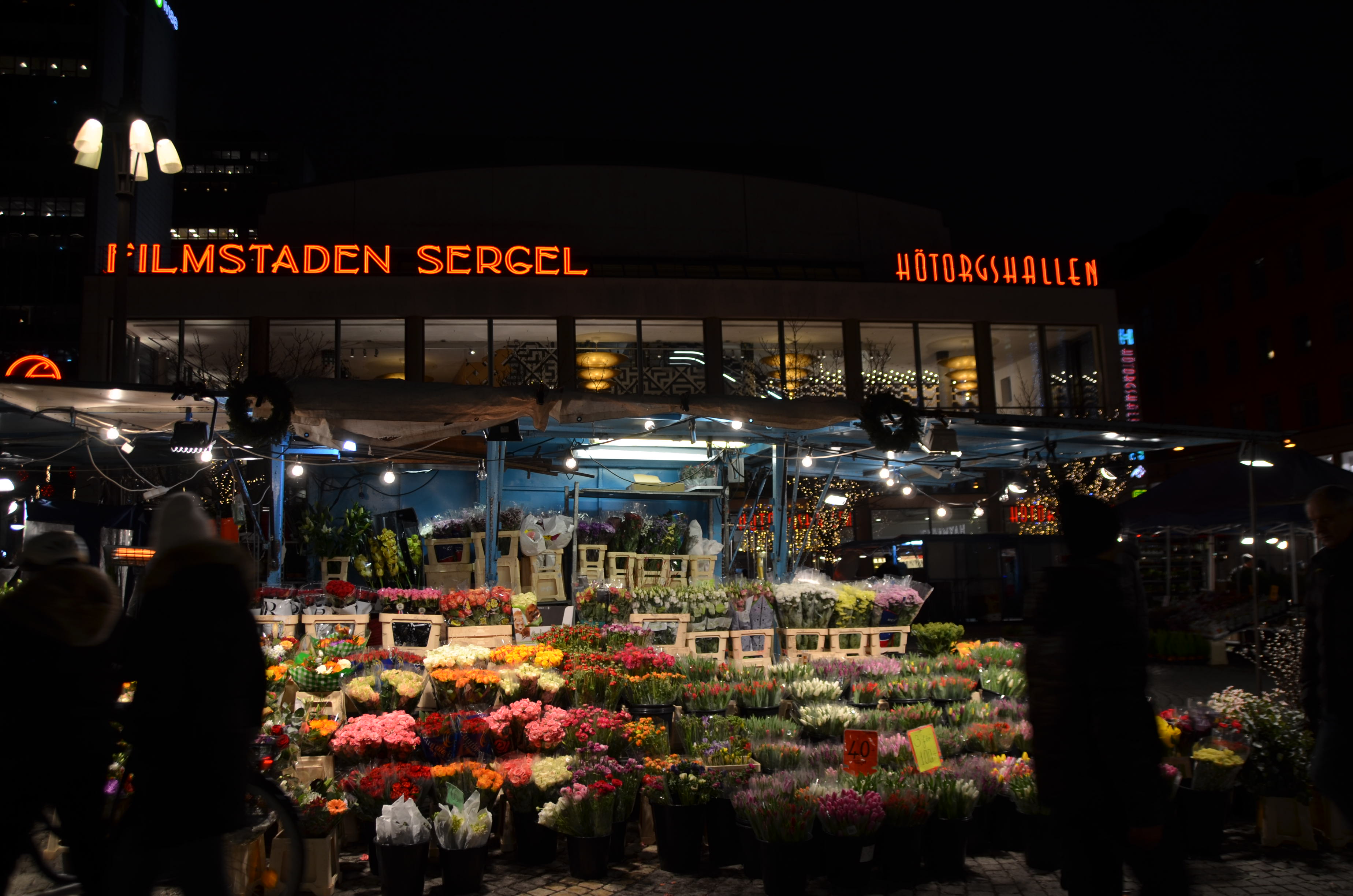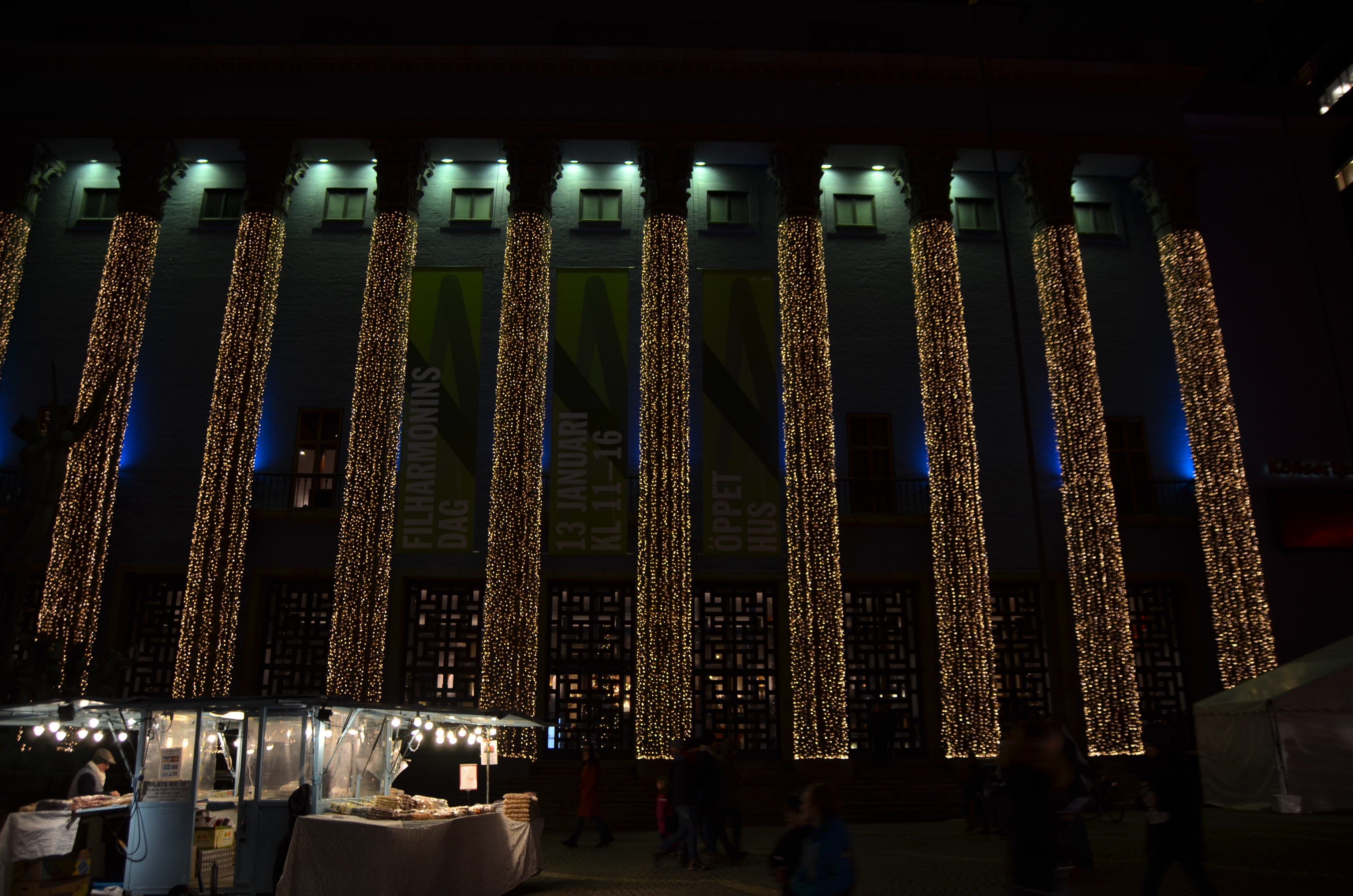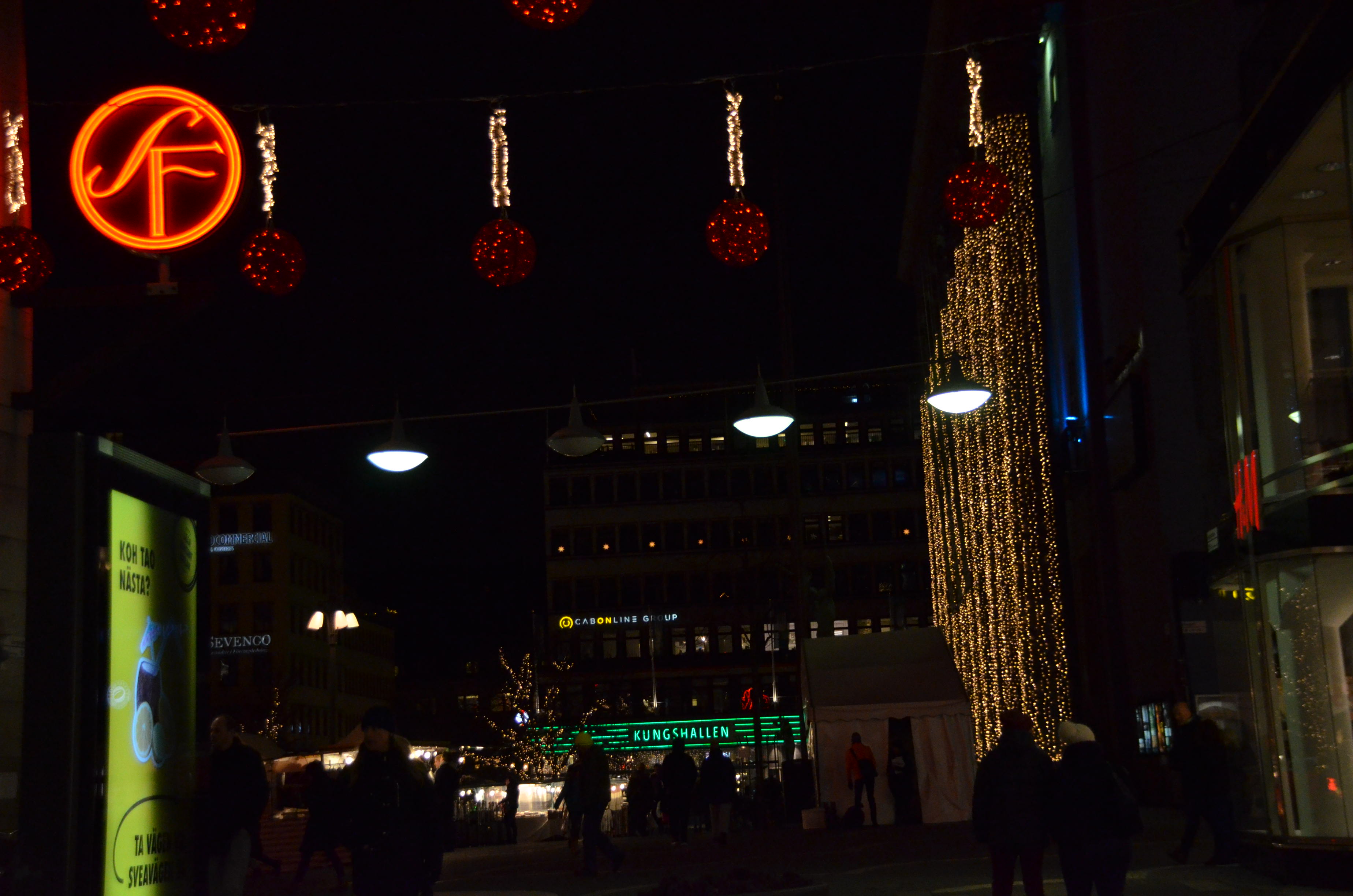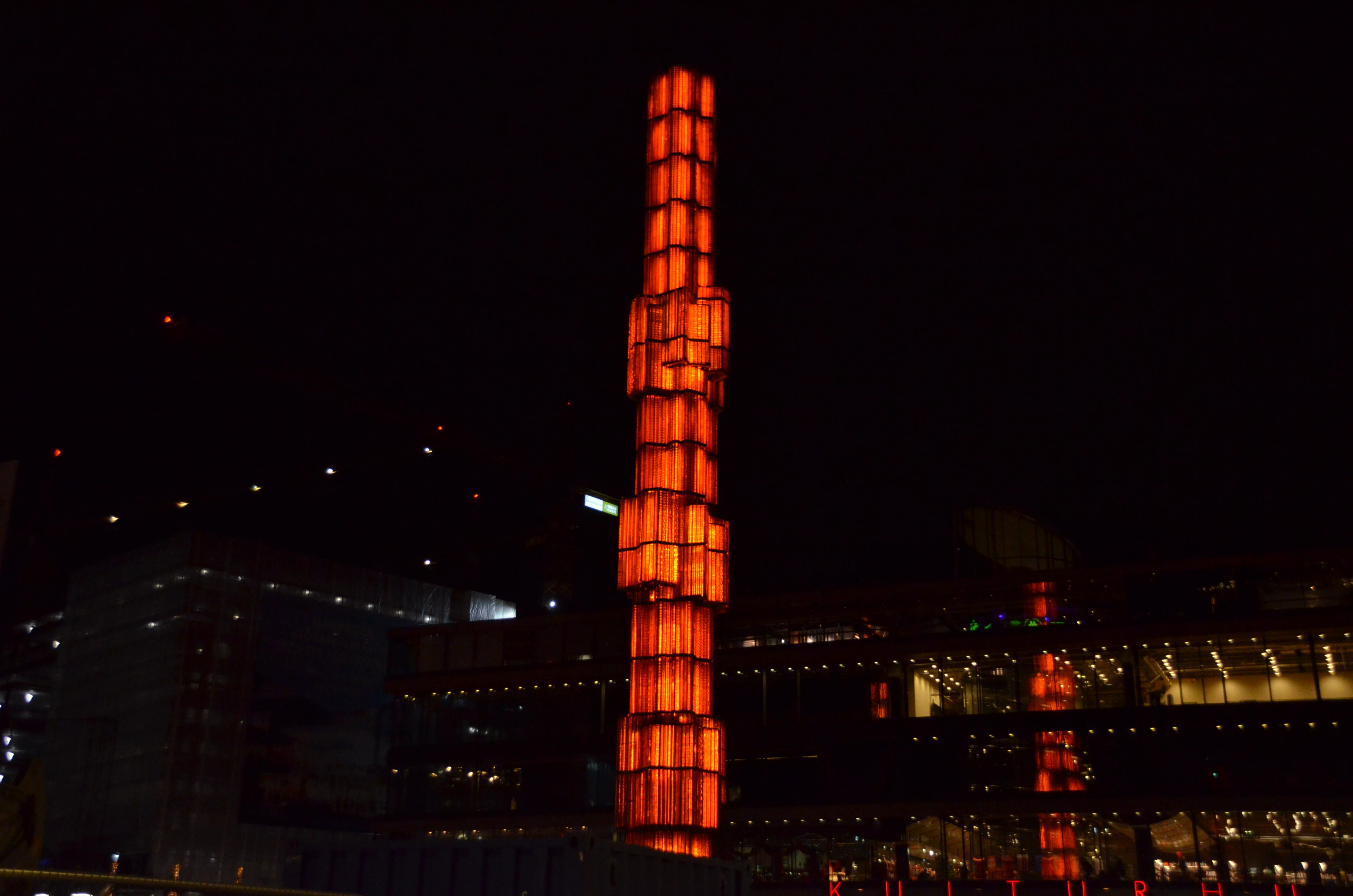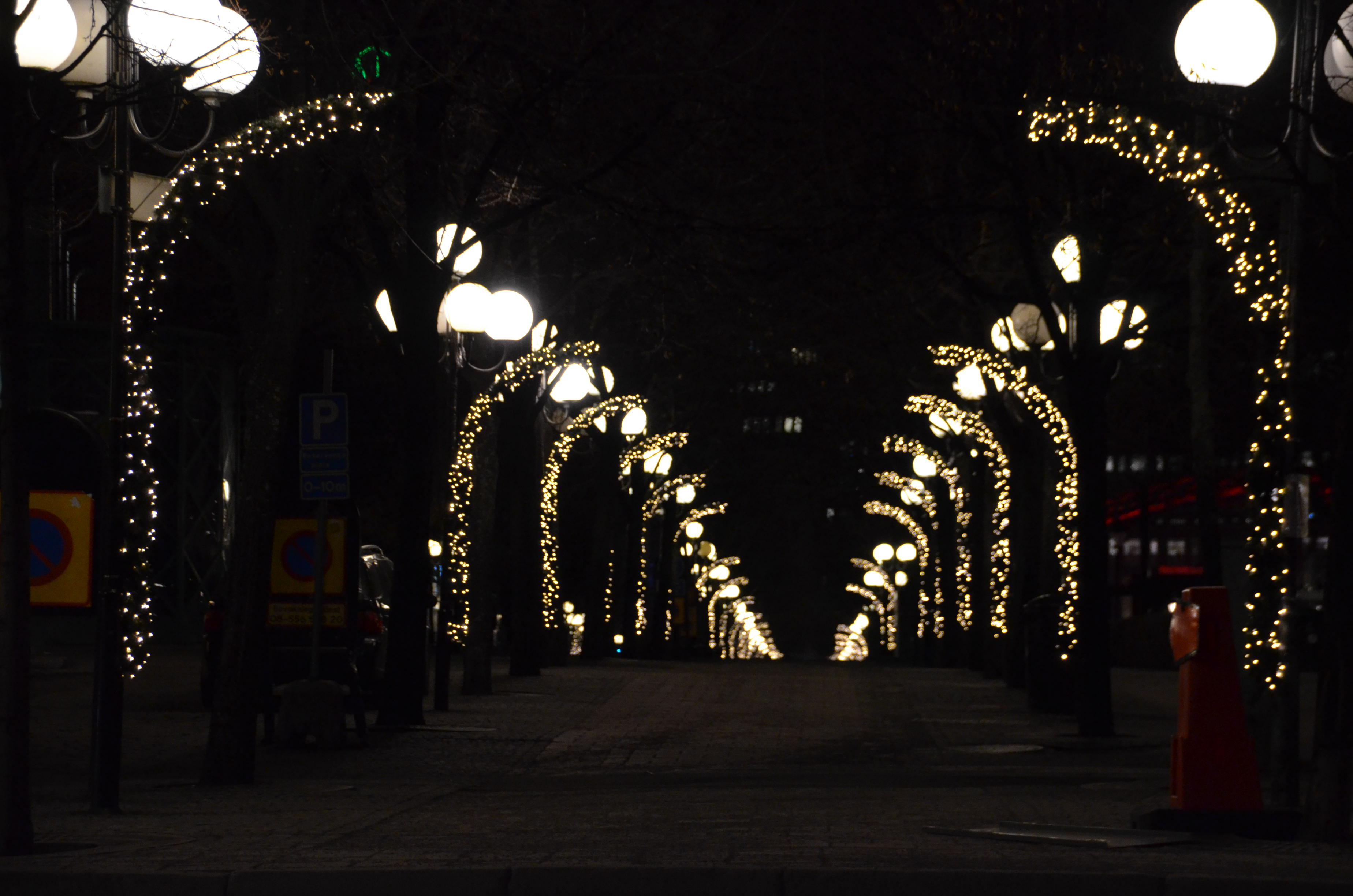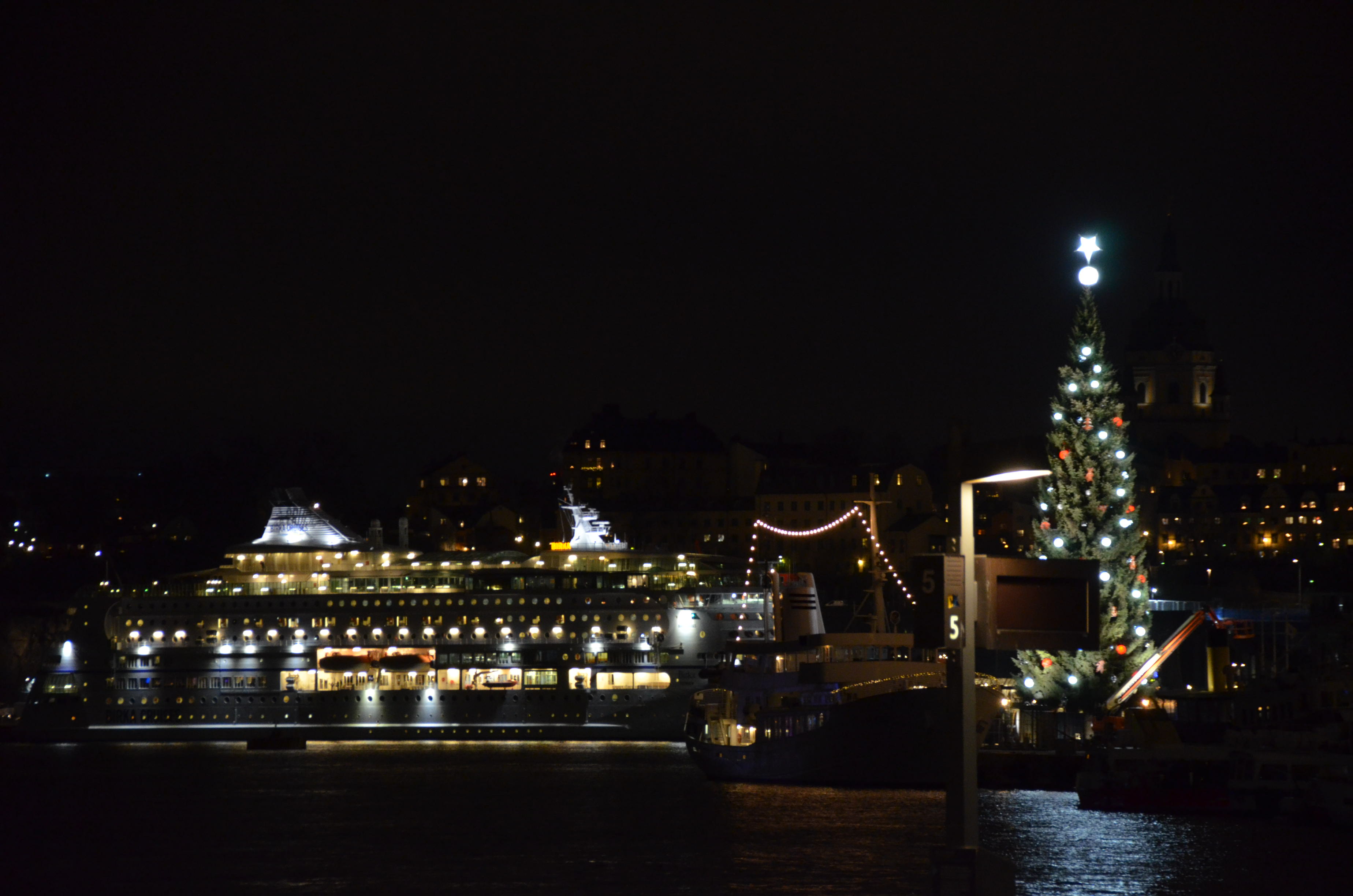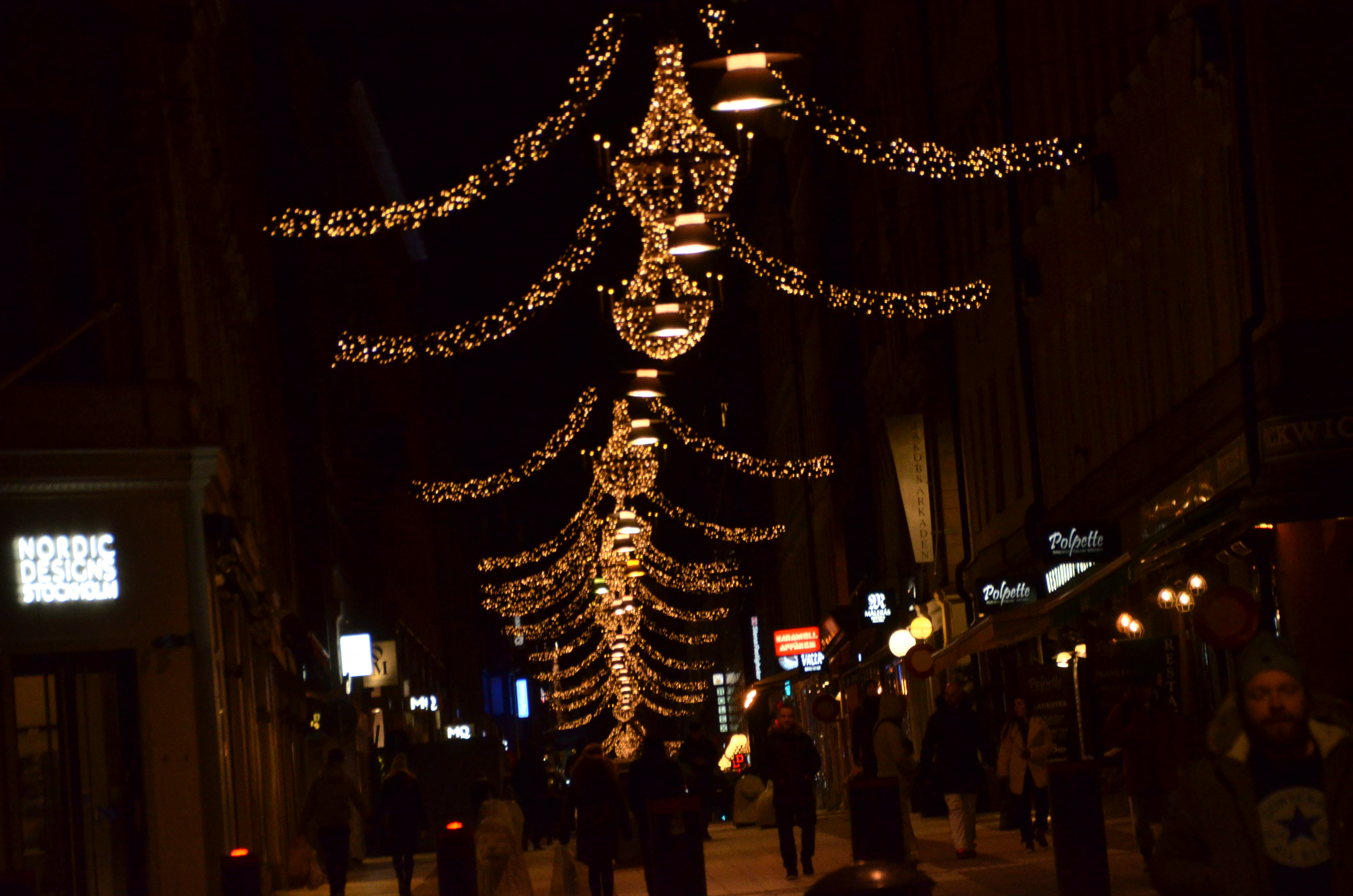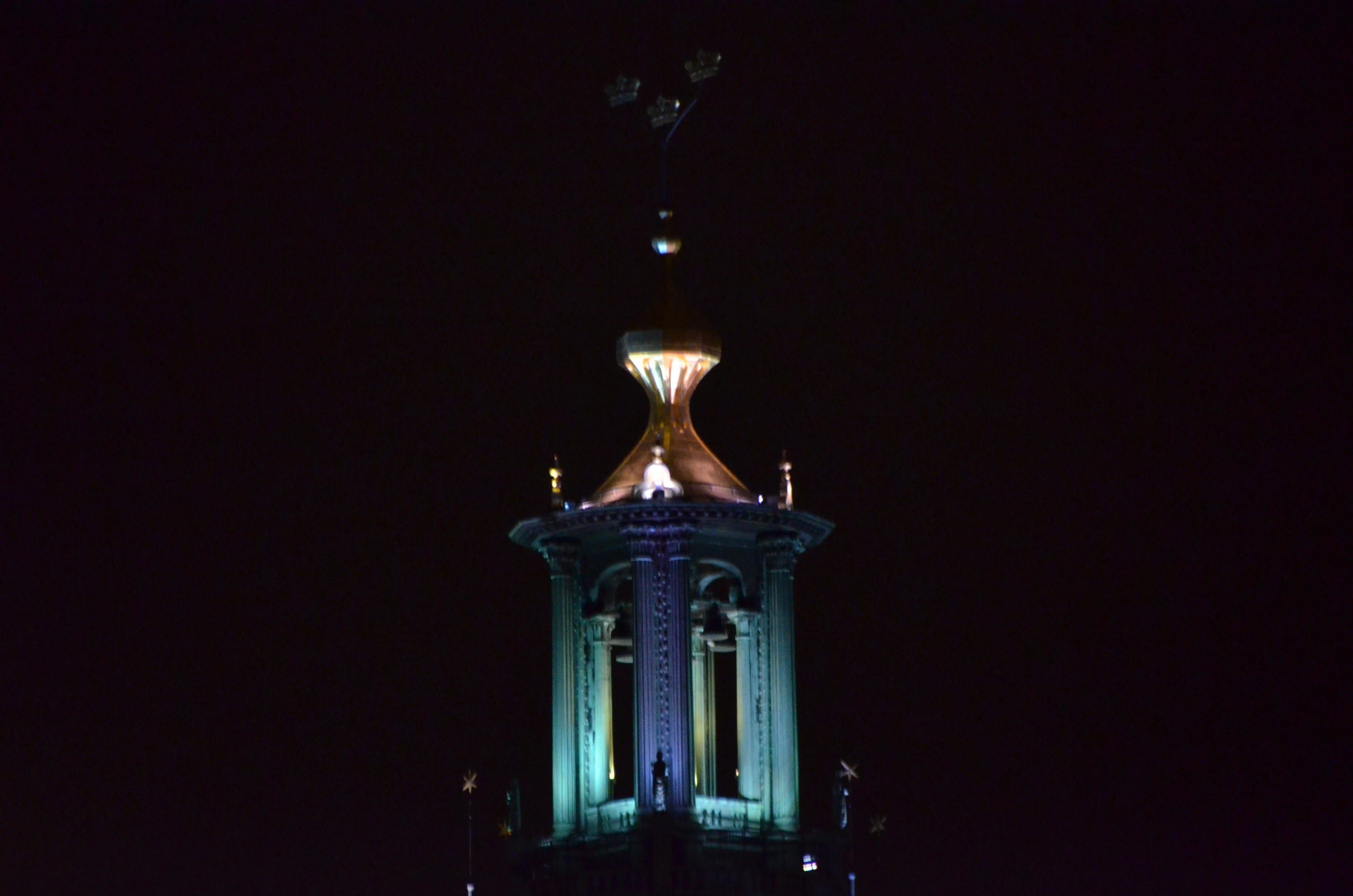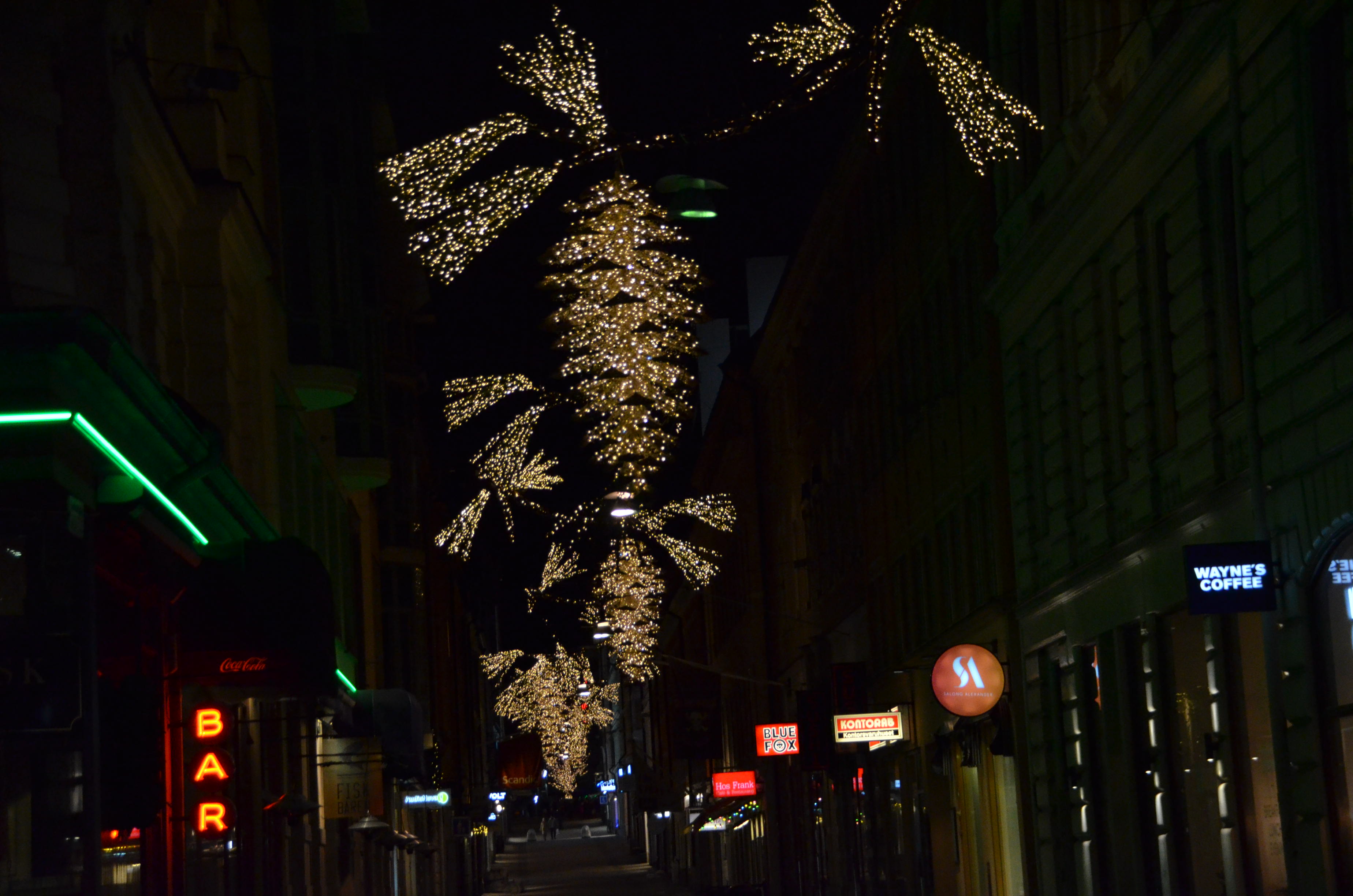Syukuro Manabe and Susan Solomon have played dominant roles in climate research. They are being rewarded with Sweden’s Crafoord Prize in Geosciences 2018, worth six million kronor, for contributing decisive knowledge to aid in combatting of one of our time’s greatest global challenges.
The Royal Swedish Academy of Sciences will award the 2018 Crafoord Prize in Geosciences to:
Syukuro Manabe, Princeton University, USA
and
Susan Salomon, MIT, USA
“for fundamental contributions to understanding the role of atmospheric trace gases in Earth’s climate system”.
Atmospheric physicist Syukoro Manabe created the first global climate model after his ground-breaking studies of atmospheric dynamics in the 1960s. In this model, he connected the processes that take place in the atmosphere and at ground level with the oceans’ movements and their thermal balance. This new way of using large-scale numerical modelling to predict how the Earth’s temperature is influenced by atmospheric carbon dioxide levels was a major breakthrough; researchers finally had the powerful tools they required to investigate the Earth’s complex climate systems. The basics of his work remain fundamental to contemporary climate models.
Syukoro Manabe has long been a world-leader in physically based numerical climate modelling and his development of the first global climate model is the foundation for all modern climate research.
Atmospheric chemist Susan Solomon solved the 1980s’ puzzle of the Antarctic ozone hole’s appearance, using theoretical and chemical measurement-focused studies in the Antarctic atmosphere. She examined the ice crystals in the stratospheric clouds that form there every year due to the extreme cold. These ice crystals cause the initiation of chemical processes that differ from those that were previously assumed to occur. On this basis, Susan Solomon presented a theory that explained the link between manmade CFC emissions and the chemical processes taking place in the Antarctic stratosphere in the early spring, ones that led to the extensive depletion of its ozone layer. Her theory was verified by the results of the measurements conducted in the stratosphere. Later, Susan Solomon showed how the thickness of the ozone layer in the southern hemisphere affects atmospheric flows and temperatures all the way down to ground level.
For more than 30 years, Susan Solomon’s studies have been at the absolute frontline of research into the ozone layer and its role in the Earth’s climate systems. The chemical reactions proposed by Susan Solomon are now one of the cornerstones for all modelling of the stratosphere’s chemical composition.
The Laureates
Syukuro Manabe, senior meteorologist, Atmospheric and Oceanic Sciences Program (AOS), Princeton University, NJ, USA. Born 1931.
https://aos.princeton.edu/people/syukuro-manabe
Susan Solomon, Lee and Geraldine Martin Professor of Environmental Studies, Department of Earth, Atmospheric and Planetary Sciences (EAPS), Massachusetts Institute of Technology, MIT, Cambridge, MA, USA. Born 1956.

